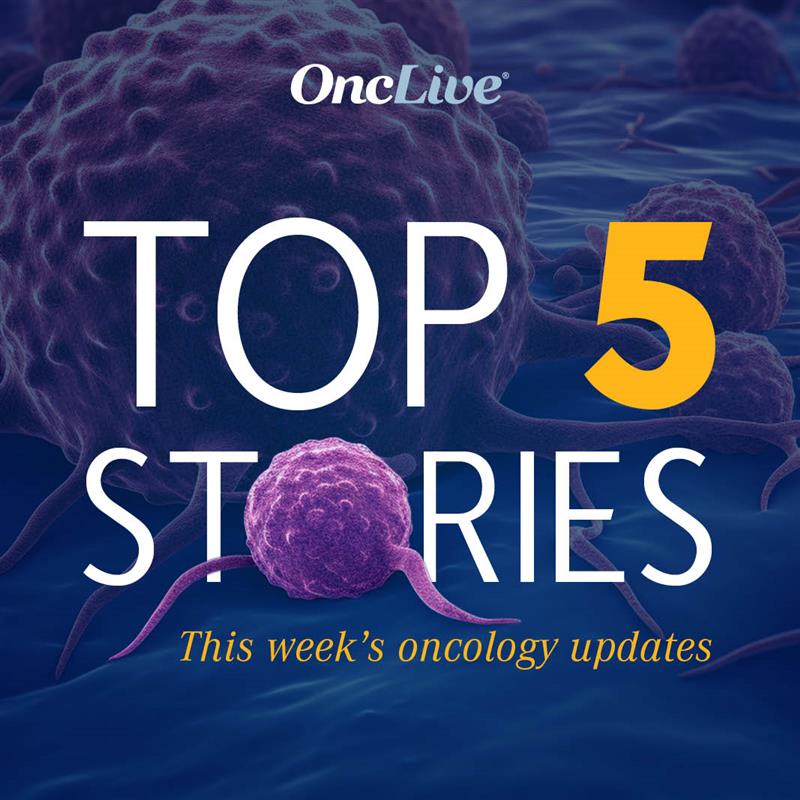Video
Dr. Grothey on the Potential Role of ctDNA as a Marker for Rechallenging Treatment in CRC
Author(s):
Axel Grothey, MD, discusses the potential utility of circulating tumor DNA as a marker for rechallenging patients with treatment in colorectal cancer.
Axel Grothey, MD, medical oncologist and director of Gastrointestinal Cancer Research at West Cancer Center and Research Institute, discusses the potential utility of circulating tumor DNA (ctDNA) as a marker for rechallenging patients with treatment in colorectal cancer (CRC).
EGFR antibodies are standard options for patients with RAS/RAF wild-type left-sided colon cancer, Grothey says. However, these patients can develop RAS-mutant clones, which could be detected by ctDNA, Grothey explains. Moreover, patients who develop these clones will not respond to EGFR antibodies, Grothey says.
However, the RAS-mutant clones have a half-life, so by taking away the selection pressure of EGFR antibodies, the clones may disappear in 3 to 4 months, Grothey says. Testing for the presence or absence of these clones could inform whether retreatment with EGFR antibodies is warranted in a particular patient, Grothey says.
Prospectively generated data from Italy have shown that patients without RAS-mutant clones by ctDNA had a higher likelihood of responding to chemotherapy plus EGFR antibodies, Grothey says. The on-treatment monitoring approach with ctDNA could inform secondary resistance and further provide a personalized treatment approach to care for patients with CRC, concludes Grothey.


















%20(2)%201-Recovered-Recovered-Recovered-Recovered-Recovered-Recovered-Recovered-Recovered-Recovered-Recovered-Recovered-Recovered-Recovered-Recovered-Recovered-Recovered-Recovered.jpg?fit=crop&auto=format)
%20(2)%201-Recovered-Recovered-Recovered-Recovered-Recovered-Recovered-Recovered-Recovered-Recovered-Recovered-Recovered-Recovered-Recovered-Recovered-Recovered-Recovered-Recovered.jpg?fit=crop&auto=format)
